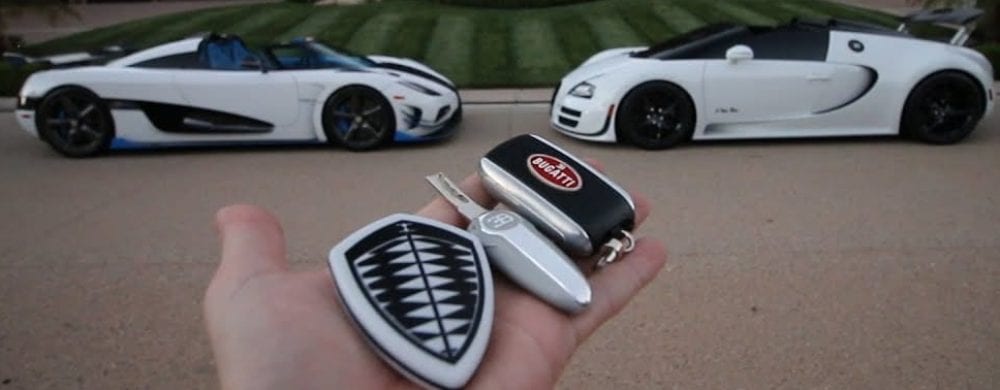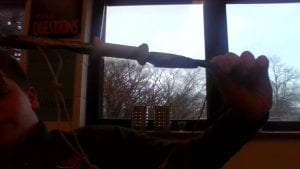- As someone in this experience, tell your story. Describe your experience. Tell us about the highs and the lows. What were your major takeaways? What did you learn? How did you like it? Be sure to explain your answers.
I was an internal affairs officer which means that I supervise everybody and see if they are doing their job and following core values. If they are not doing what they are supposed to I would write them up. I made $810 a week. The best part was having the couch in the classroom which is $100 dollars a week and the most expensive property in Kauflandia. The low was getting check fraud and almost needing to pay $67000. I got out of the fine because the check that got hacked was for taxes, the tax company should of came to me and told me that I overpaid my taxes and just gave me a nominal fee. I learned how to write and cash a check. This was helpful for real life when I will be getting checks.
2. How did your character’s role/situation in the game affect your ability to take care of yourself? Think about your income, job, rent, the amount of money you had, any loans you took out, and your health situation.
I made a good amount of money to take care of myself and get some cool stuff. My rent was $125. My income at one point was the 4th out of 14 people. At the end I was 5th out of 14 people in income. I have had no health issues, others had type II diabetes but I was healthy.
3.What aspects of your character’s life encouraged success? What aspects of your character’s life brought about failure? Explain how that process worked.
My character’s life encouraged success because he had an education, money, and good housing. I had it pretty excellent. The only thing that brought failure was getting hacked, but that turned out well in the end. The game is like life in most aspects.
4.What attempts did you make to improve your character’s life? How successful were these attempts? How difficult were those attempts and why?
I wanted to open a casino to get money. These attempts did not work because it is illegal in Kauflandia. It was difficult because it took time and energy to have the idea. I also took the GED test to get a raise. I got a 60%, I needed 65% to pass. This attempt was difficult because it was a high school test.
5.In bullet points, write a list of what you learned about poverty from this activity. Be sure to include a brief description next to each item about what you learned, explaining your learning/thinking.
- Poverty is bad: You can get evicted
- You probably have a bad education: because you’re parents have no money to get in a good neighborhood
- You are poor: because you had a bad education
- You are either homeless or in a bad house: because you are poor
- You have a low income job: because you have a bad education
- You’re life probably sucks: see above
- Overall poverty is a giant cycle



